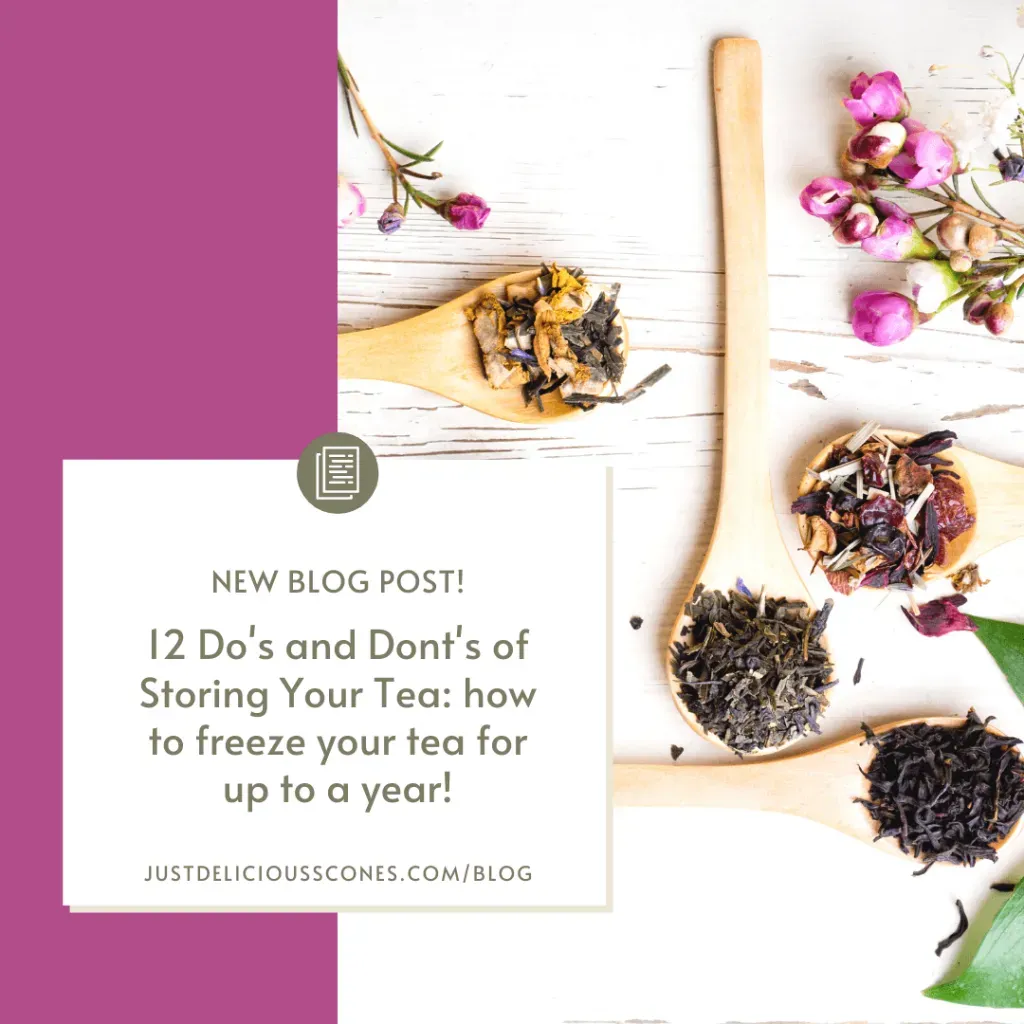Tea Time Etiquette: the proper way to attend a tea party
justdelicious • February 23, 2023
Tea is a timeless and cherished drink enjoyed by millions of people around the world. As with many social activities, there are rules of etiquette that should be followed when enjoying tea with others, most of them being centered around good manners; you will see it mentioned several times in this list. Read on to learn how to enjoy this time-honored ritual with grace and poise.
Table Of Contents
1. Dress Appropriately
Dress Appropriately

You’ve set the date, sent out the invitations, and have RSVPs from everyone. Your Tea Party is officially happening and you need to make sure it goes off without a hitch. Fear not, for we’ve done literally thousands of tea parties and have come up with this list of items that will make your party […]

Scones are a beloved baked good in many parts of the world, particularly in the United Kingdom, where they are a staple of afternoon tea. These delicious treats come in a variety of flavors and can be enjoyed in many ways, from a simple spread of butter to a more indulgent serving of clotted cream […]

Table of Contents What are scones? Get ready to indulge in a delicious treat that’s perfect for breakfast or tea – the delightful scone! Hailing from jolly old England, these pastries are the perfect blend of rich and savory, with a touch of sweetness and a flaky, dense texture that will make your taste buds […]

As a Tea Room, there are a handful of common questions we receive about tea from our guests and customers. This blog post will attempt to identify and answer some of those common questions. Table of Contents 1. How long is tea good for? If properly stored away from air, light, and moisture, tea will […]
